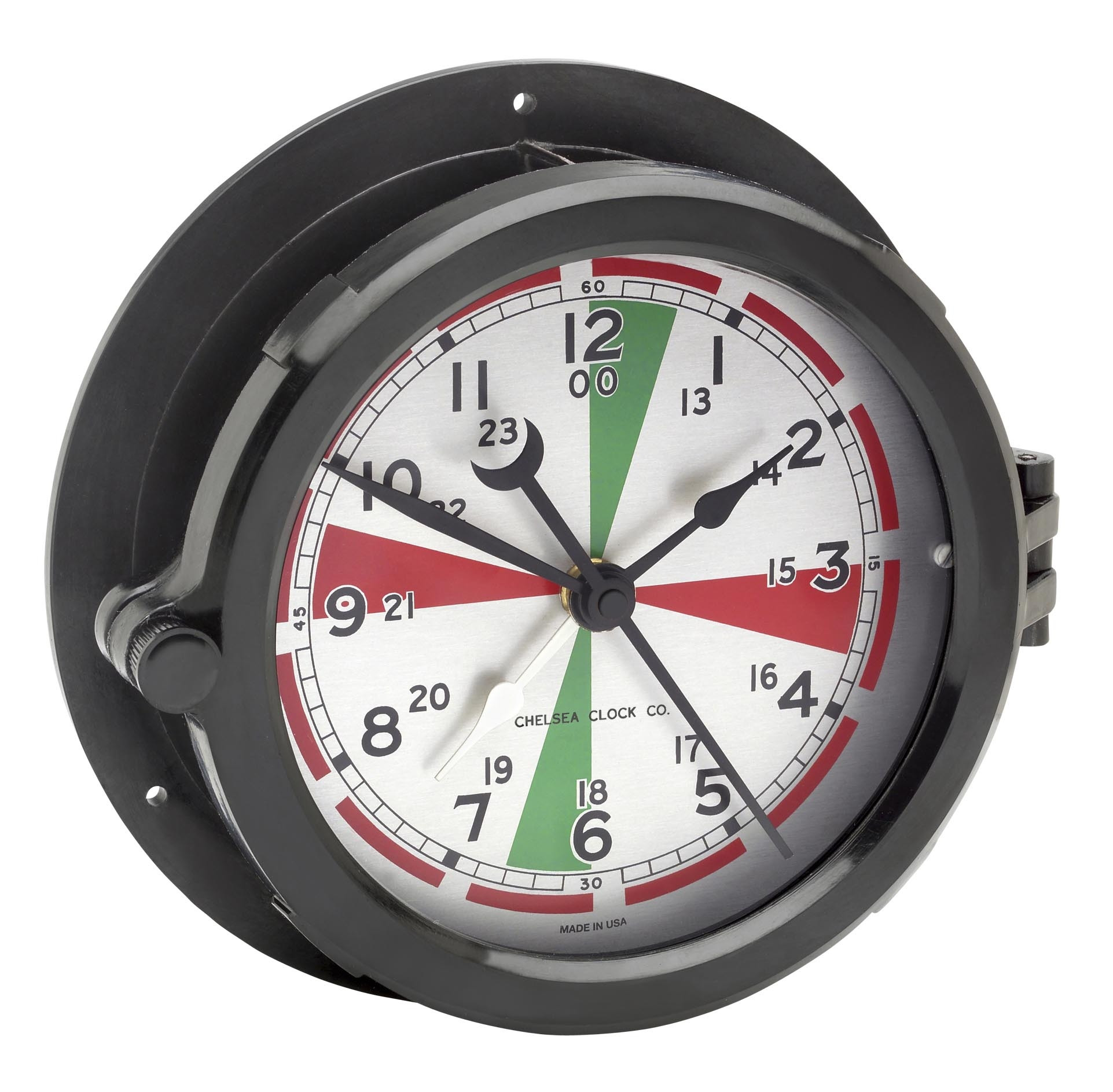For those unfamiliar with IATN (formerly referred to as “TCC”), this is a group of point-to-point circuits that transfer message traffic between areas. IATN circuits are not “nets” but rather function as schedules determined by the individual operators tasked with this responsibility.
Since the formation of RRI, IATN frequencies have mostly standardized on the “115” system with most schedules using frequencies such as 14115, 10115, or 7115. However, the time at which traffic exchange occurs is very flexible and inconsistent by design. Operators can use the mode of their choice, but generally, most circuits operate use CW or SSB (on alternate frequencies).
IATN circuits proved to be of great value during the Federal Government’s 2016 Cascadia Rising disaster exercise. The ability of operators to establish point-to-point circuits and target specific areas using directional antennas and amplifiers proved very valuable, allowing IATN CW circuits to outperform automated digital circuits under the suboptimal RF propagation conditions during the exercise. The result was superior performance and short message propagation times during a period in which SSB was totally unusable and data circuits struggled. These CW circuits allowed priority radiogram messages to arrive in the data stream at the National Response Coordination Center in Washington, D.C., within an average of 11 minutes from time of origination in the Pacific Northwest! Best of all, these CW circuits scored a 99.998 percent accuracy rate across over 13,000 data points in five-letter cipher groups.
When RRI finalized its first draft of the National Response Plan, IATN frequencies were tasked with an additional purpose, that of serving as “Priority Entry Points.” The Priority Entry Point is a watch frequency activated during a major disaster or crisis on which stations can inject priority or emergency traffic. This traffic can then be instantly transferred across country to its destination Area, Region or state (depending on nets activated) to expedite relay and delivery. If necessary, the IATN operator can deliver directly if the message is time sensitive and no outlet or relay is available.
As RRI transitions to a new operational model in the coming months, and with the creation of the new “Fast Telegram” or “Certified” radiogram precedence, this model could now be applied to the IATN process. For example, imagine that a station in Ohio is holding five “fast telegram” messages for California. Ideally, he would list these on his RRI or NTS section net or perhaps inject them into DTN. However, what if he cannot? Perhaps he couldn’t meet a net schedule that day and perhaps he doesn’t have access to DTN. Instead of waiting 24 hours to originate the traffic, he could look at the IATN QSX schedule for that quarter, come up on frequency, and call the appropriate station for the destination area with his message traffic, thereby minimizing delay.
If we were to schedule IATN transfers at specific times throughout the day utilizing a “QSX” or “watch period” concept, we could facilitate the expeditious flow of traffic under such conditions. For example, under routine operational conditions while under daylight savings time, we might have IATN watch periods on 14115 (CW) at: 14:15 Z, 18:15 Z, 20:15 Z and 22:15 Z.
IATN schedules would have first priority on the circuit, but once regular IATN traffic is cleared, operators would QSX for a short period thereafter for any additional traffic listed. If no IATN traffic is being handled, operators holding traffic could still list it by calling for the destination area or region; for example, “IATN IATN de K6RRI QTC 5 WAN (or 6RN or 7RN).
Such a model could also be developed for HF voice methods.
This arrangement would not be intended to bypass the usual RRI/NTS process, but rather, using these IATN/PEP frequencies on a fixed schedule would allow manual mode traffic to move across country in a more efficient manner by allowing a limited form of dynamic response and flexibility to operator requirements, thereby preventing delays at the state/section level where traffic sometimes is held 24 or more hours before it is moved to upper echelon nets . The process could then be naturally extended to serve an important role in the event of a major disaster or catastrophic event in which a station may find himself holding welfare, priority or emergency traffic at a time when a local or section net is inaccessible.
It would be a simple matter for IATN operators and other volunteers to place a spare communications receiver on a 20-meter watch frequency. An inexpensive, 10-dollar digital timer available from Amazon could turn a spare receiver on for 15 minutes at each of the scheduled times throughout the day so that calls or traffic listed could be heard.
Finally, as mentioned above, imagine the benefits of such a model under the National Response Plan. If one were holding dozens of welfare or priority messages but did not have DTN access, he could list them on the IATN frequency for expedited routing and delivery.
With just a bit of time standardization and a few simple procedures, the efficiency of the manual mode traffic system could be greatly improved. With a bit of flexibility in how we think and move traffic, we can provide a much higher level of basic customer service while greatly enhancing our emergency response capabilities.
As an aside, and on a final note, is it time to consider a slight revision to the 115 plan? Apparently ham operators not only like “crunchy,” easy to remember numbers, and various clubs and groups choose frequencies at random without the necessary research to determine if other groups are already using a certain frequency for other purposes in the shared space of our bands. For example, if we moved to a 117 plan, we could avoid some of the SKCC activity and newly emerging digital activity appearing on 7115 and 14115.
What are your thoughts?

